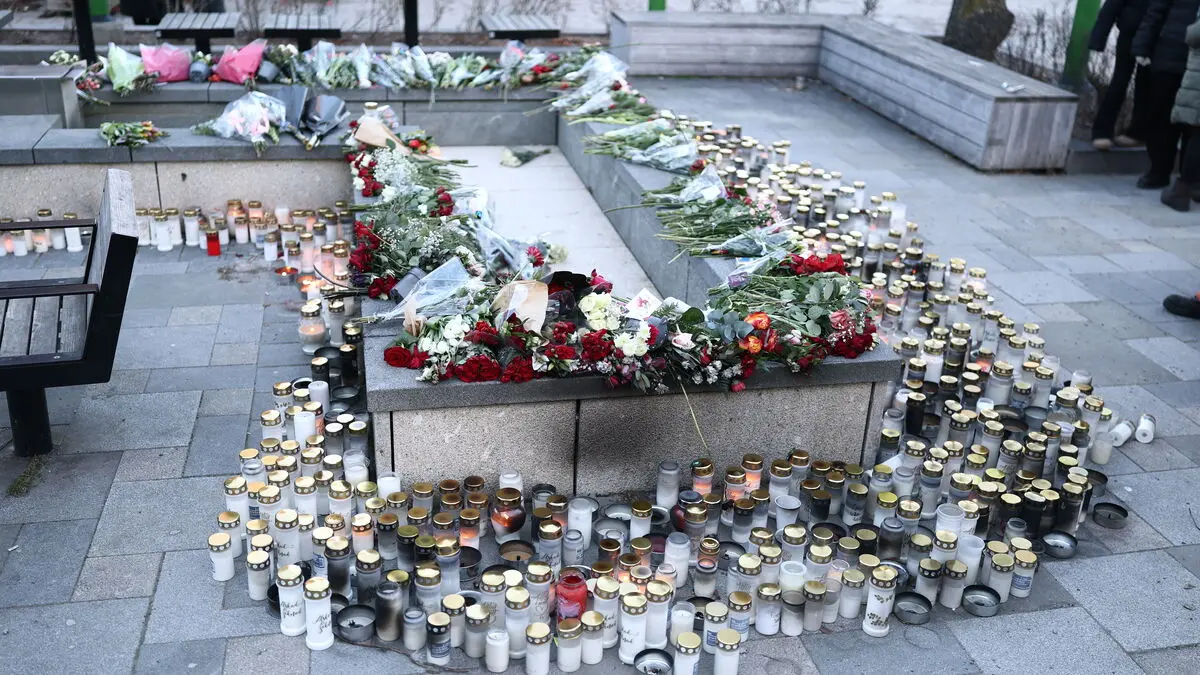It is the insurance company Dina Försäkringar that has compiled preliminary figures on fraud from the Crime Prevention Council (Brå).
According to these, 637 cases of romance fraud were reported during the half-year, which is an increase of 10.8 percent compared to the same period last year.
In most cases of romance fraud, the scammers initiate a false romantic relationship with their victims online in order to eventually get their money – through bank transfers, cryptocurrency, or gift cards.
The method can be advanced – both technically and psychologically – and the crimes are committed by networks abroad, often in West Africa.
Large dark figure
The reason for the increase is simply that it is possible to earn so much money from the activity, believes Jan Olsson, who is a detective superintendent at the National IT Crime Centre.
The economy in the countries where they sit and commit the crimes is so bad, and this is lucrative, so therefore more and more people want to get their share of the cake. It's not that Westerners are becoming more and more gullible, but rather they are becoming more and more vigilant, but unfortunately not enough, he says to TT.
Many frauds do not appear in the statistics, as many victims never make a police report.
They feel terribly bad and the dark figure is enormous. Looking at men, for example, it's very few who go to the police station and tell them they've been cheated in this way. It's pride that gets in the way, says Jan Olsson.
Slightly fewer overall
Reports of credit card fraud targeting the elderly and people with disabilities also increased during the period – by 20 percent from 175 to 210, according to the compilation.
Otherwise, the most common form of fraud is credit card fraud without a physical card, often stolen card information online, which accounts for over 40 percent of all reports.
In total, 112,698 cases of fraud were reported during the half-year, which is a small decrease compared to last year. But it's still at historically high levels.
Be critical of sources. If something seems too good to be true, it's likely to be.
Images shown are often stolen from others' social media, and it's not uncommon for them to be reused for multiple identities. A good trick can therefore be to do a reverse image search via Google.
A sudden need for money is a warning signal. Never send money to people you've never met.
Consult with loved ones and scrutinize the unusual explanations for why the person wants money.
After the relationship with a scammer ends, it happens that the fraud continues in other forms. For example, through being contacted by someone who wants to help get the money back for a fee.
If you've already sent money – contact your bank immediately and see if it's possible to stop the transaction. Then make a police report.
There is support available, both for victims and relatives. The Crime Victim Support Association offers free support. Another option is the support association Stop Romance Fraud, founded by people who have been affected themselves.
Source: The Police





